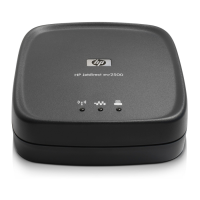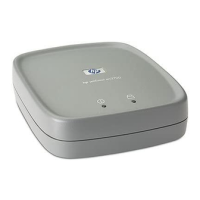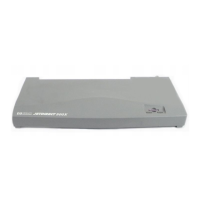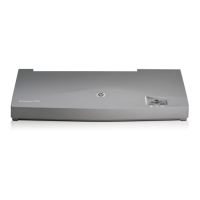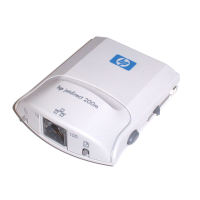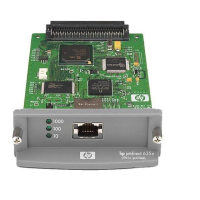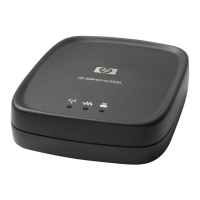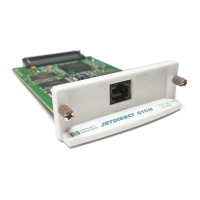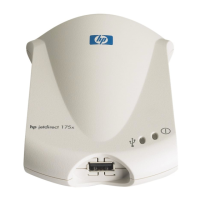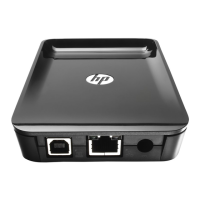ENWW TCP/IP Configuration 38
TCP/IP Configuration Tools
When a network connection has been established, an HP Jetdirect
print server can be configured with valid TCP/IP parameters for
your network in the following ways:
● Using Software. You can use installation, setup, and
management software running on supported systems. For more
information see Chapter 2
, “HP Software Solutions Summary”.
● BOOTP/TFTP. You can download the data from a
network-based server using BOOTP (Bootstrap Protocol) and
TFTP (Trivial File Transfer Protocol) each time the printer is
turned on. For more information, see “Using BOOTP/TFTP
”.
The BOOTP daemon, bootpd, must be running on a BOOTP
server that is accessible by the printer.
● DHCP/TFTP. You can use Dynamic Host Configuration
Protocol (DHCP) and TFTP (Trivial File Transfer Protocol) each
time the printer is turned on. These protocols are supported on
HP-UX, Solaris, Red Hat Linux, SuSE Linux, Windows
NT/2000/Server 2003, NetWare and Mac OS systems. (Refer to
your network operating system manuals to verify that your
server operating system supports DHCP.) For more
information, see “Using DHCP
”.
Note Linux and UNIX systems: For more information,
see the bootpd “man” page.
On HP-UX systems, a sample DHCP configuration
file (dhcptab) may be located in the /etc directory.
Since HP-UX presently does not provide Dynamic
Domain Name Services (DDNS) for its DHCP
implementations, HP recommends that you set all
print server lease durations to infinite. This ensures
that print server IP addresses remain static until
such time as Dynamic Domain Name Services
are provided.
● RARP. A network-based server can use RARP (Reverse Address
Resolution Protocol) to answer the print server's RARP request
and supplying the print server with the IP address. The RARP
method only allows you to configure the IP address. For more
information, see “Using RARP
”.

